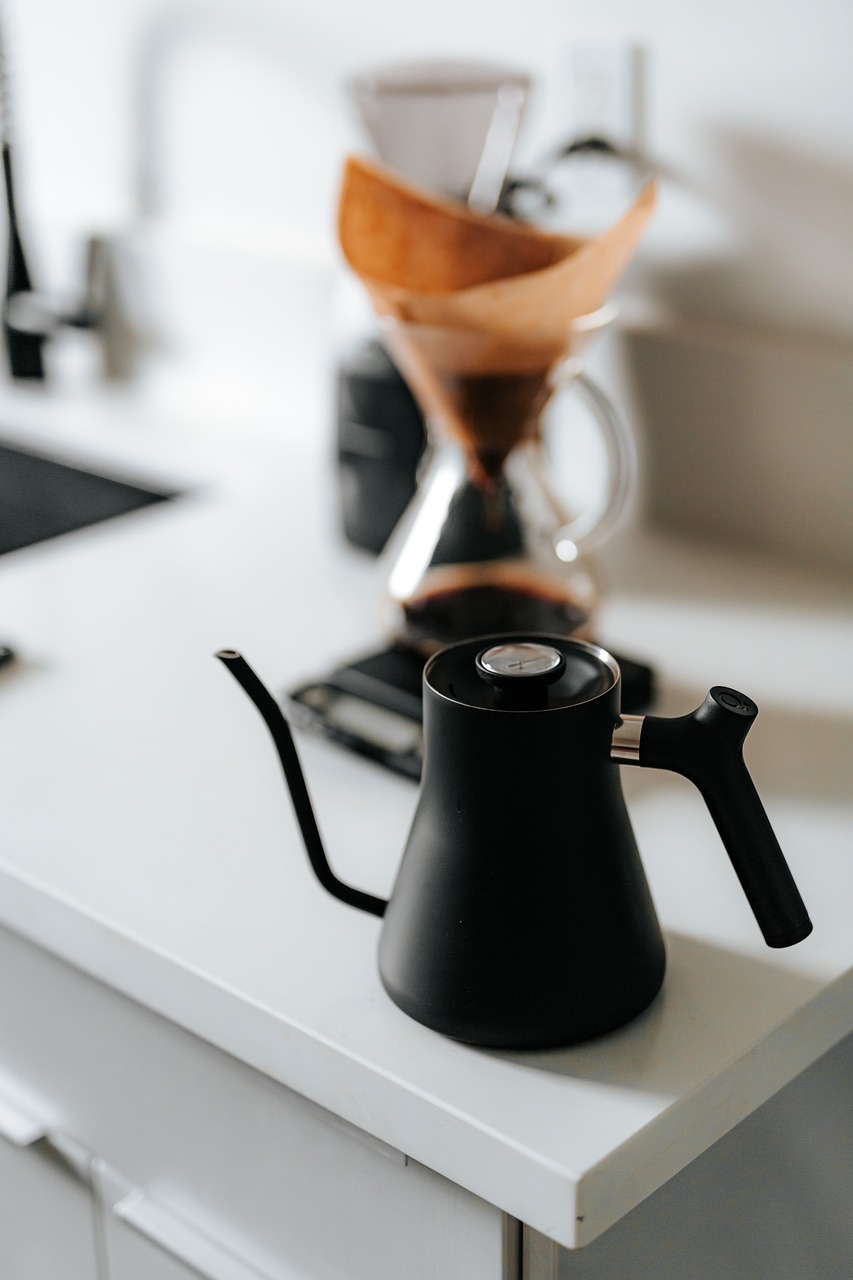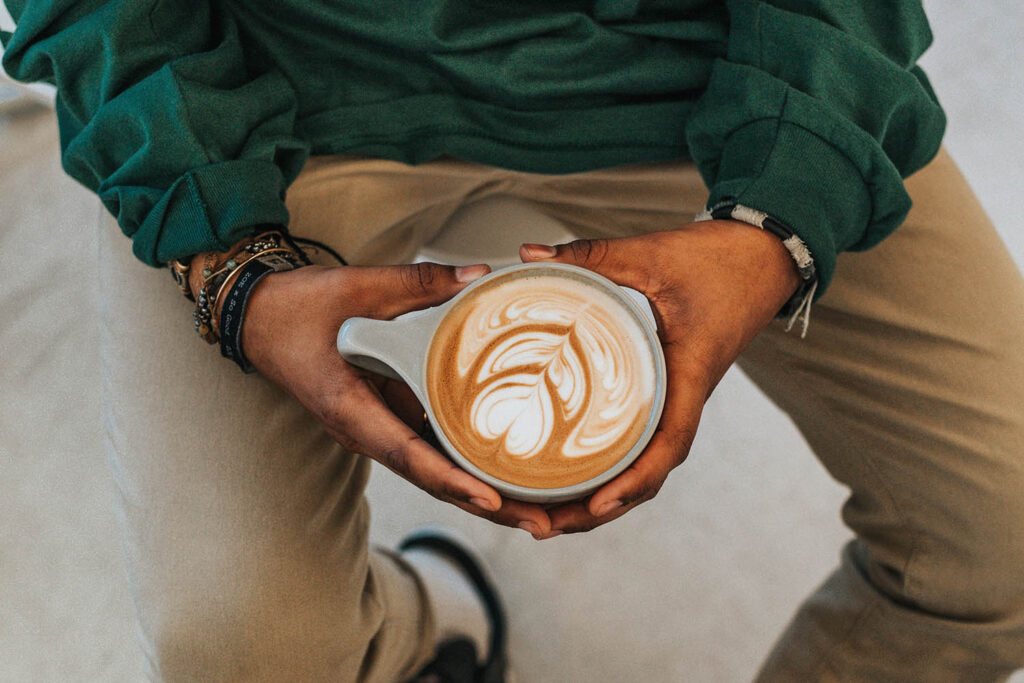Mastering Home Brew: Secrets to Crafting the Perfect Cup of Coffee
Welcome to the ultimate guide to becoming a home brew master! If you’ve ever savored the rich, inviting aroma of freshly brewed coffee and wondered how to recreate that coffeehouse experience in your own kitchen, you’re in the right place. Here, we delve into the secrets of crafting the perfect cup of coffee, from choosing the right beans to mastering brewing techniques.
Choosing Your Coffee Beans
The foundation of a great cup of coffee starts with selecting high-quality beans. Arabica and Robusta are two of the most popular species of coffee beans, with Arabica being widely favored for its smooth, complex flavor profiles. To ensure freshness, purchase your beans from trusted local roasters or specialty stores.
Tip: Look for beans that were roasted within the past two weeks and come in packages with a one-way valve, which allows gas to escape while preventing air from entering – vital for preserving bean freshness.
Understanding Coffee Roasts
Coffee beans come in various roast levels: light, medium, dark. Each roast affects the flavor and body of the coffee:
- Light Roasts: Retain most of the original coffee beans’ flavors, often resulting in a more acidic profile.
- Medium Roasts: Offer a balance of acidity and body, enhancing the coffee’s full flavor.
- Dark Roasts: Feature a stronger, fuller body with less acidity, yielding bolder coffee flavors.
Grinding Your Beans
For the best flavor extraction, grind your beans immediately before brewing. The size of the grind will affect your brewing method and ultimately, your coffee’s taste.
- Coarse Grinds: Ideal for French press and cold brews.
- Medium Grinds: Perfect for drip makers and pour-overs.
- Fine Grinds: Best for espresso machines.
Tip: Use a burr grinder instead of a blade grinder to get consistent grind sizes, crucial for flavor consistency.
Selecting the Right Brewing Method
Each brewing method impacts the final taste of your coffee. Whether you prefer the convenience of a drip coffee maker, the control of a pour-over, the rich taste from a French press, or the rapid brew of an espresso machine, each technique has its unique characteristics:
- Drip Coffee Maker: Great for convenience and consistency.
- Pour-Over: Provides control over brewing time and temperature.
- French Press: Allows for steeping to get the full flavor from the beans.
- Espresso Machine: Produces rich and creamy coffee quickly.
Mastering Water to Coffee Ratios
The ratio of water to coffee plays a pivotal role in the strength and flavor of your brew. A general guideline is to use about 1 to 2 tablespoons of coffee for every 6 ounces of water. Experiment to find your perfect ratio based on your taste preference and chosen brewing method.
Control Brewing Temperature and Time
The right temperature and brewing time are crucial for extracting the full flavor from your coffee without getting a bitter taste.
- Temperature: Aim for 195°F to 205°F, just below boiling point.
- Time: Brewing times can range from 30 seconds for espresso to about 4 minutes for drip coffee.
Tip: Use a thermometer to ensure water is at the ideal temperature and a timer to control brewing time.
Enjoying and Experimenting With Your Coffee
Once you have brewed your coffee, sit back and enjoy the fruits of your labor. But don’t stop there. Experimenting with different beans, roasts, grind sizes, and brewing methods is part of the fun and the best way to find your personal preference. Try mixing different beans for a unique blend or adding spices like cinnamon or nutmeg to enhance the flavor.
Common Questions About Home Brewing
How often should I clean my coffee maker?
It’s recommended to clean your coffee maker thoroughly every month to prevent oil buildup and remove mineral deposits. However, do a basic clean with hot water after each use to keep your equipment fresh.
Can I reuse coffee grounds?
While reusing coffee grounds is not recommended as it results in a significantly weaker and more bitter cup, they can be used in gardening for soil enrichment or as a natural deodorizer.
What is the best way to store coffee beans?
To preserve freshness, keep your coffee beans in an airtight container away from direct sunlight and extreme temperatures. Avoid storing them in the fridge or freezer, as condensation can affect flavor.
Conclusion
Mastering the art of coffee brewing at home can transform your daily grind into an enjoyable, fulfilling ritual. By selecting quality beans, using the right tools, and fine-tuning your brewing process, you can consistently produce coffee that rivals your favorite café. Remember, the perfect cup of coffee is the one that best suits your taste!
With these tips and techniques in your arsenal, your journey from novice brewer to coffee aficionado is well underway. Cheers to countless delightful coffee moments ahead!


